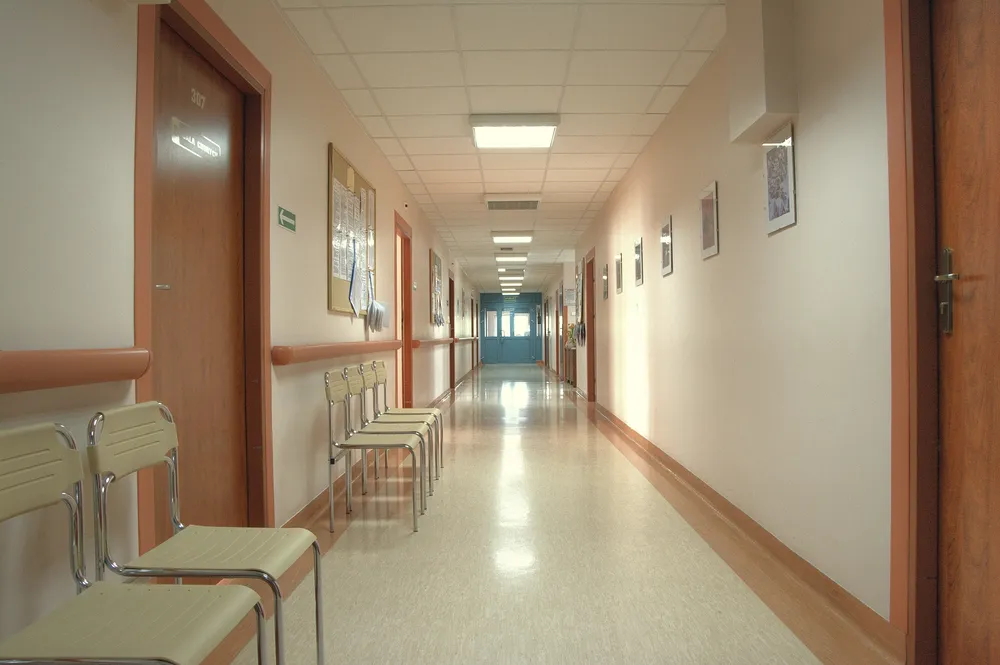HIV Cases Are Rising in Wisconsin
But those with the disease are living longer, healthier lives.
The number of Wisconsin residents newly diagnosed with human immunodeficiency virus hit a decade-long high in 2022.
On World AIDS Day on Friday, health officials said people with the disease are living longer as medical treatment has improved, but said the number of new diagnoses has risen over the last two years.
The theme for the 35th annual day of awareness was “Remember and Commit.” Margaret Lidstone, the chief development officer at Vivent Health, a health care organization focused on fighting HIV, said commemoration comes to mind.
“It’s just so critically important to not only remember the friends, the family members, the coworkers, the neighbors, the people in our world who have succumbed to AIDS, but also it reminds us that a lot of that loss of life was not always necessary,” Lidstone said.
In 2022, 289 people were newly diagnosed with HIV across the state, according to an annual report from the Wisconsin Department of Health Services. A total of 7,310 people were known to be living with HIV in Wisconsin last year.
Jacob Dougherty, the HIV Prevention Unit Supervisor at DHS, said the increase in new diagnoses over the last two years comes in part because testing lagged during the COVID-19 pandemic when testing sites shut down or redirected to meet other needs. Testing just returned to full capacity this year, Dougherty said.
“We’ve also seen an increase in the number of people who are migrants who are moving to Wisconsin from other countries,” Dougherty said. “We don’t really have good documentation as far as when or where they may have been diagnosed with HIV. So we count those as new diagnoses.”
There are an estimated 1,000 additional people in Wisconsin who have HIV but don’t know it. Abby Hinz, a nurse practitioner at the Eau Claire City-County Health Department, said that’s because sexual health is not a routine part of health care.
“Our health care system doesn’t always have the capacity to focus on the whole person in a visit,” she said. “Lots of people are going in to see their doctor for a specific reason. If that doesn’t include their sexual health, then that doesn’t always get covered.”
She also said providers and patients must become more comfortable talking about sexual health, which can be stigmatized.
“When we’re not talking about things, it kind of makes them more scary. When we are able to talk about them openly, people are less afraid of the unknown and the uncertain,” she said.
In 2022, people of color accounted for 69 percent of those newly diagnosed with HIV despite representing only 20 percent of the state’s population, according to DHS.
Lidstone said members of the LGBT community are also at a greater risk.
“They are struggling in different ways with the impacts of marginalization. And that marginalization and the interconnected challenges that come out of that inability to access care only increases the risk of HIV,” Lidstone said.
Dougherty said higher rates of HIV among these groups is not because people in these groups are involved in riskier behavior. Rather, social and environmental factors like poverty, level of education, access to transportation, and availability of health care and health insurance.
“Where the virus is present leads to more transmission,” Dougherty said.
Of the 144 HIV diagnoses among transgender individuals since 1985, 76 occurred in the last decade. The report explains that transgender people face an increased risk for HIV due to stigma, discrimination, social rejection and exclusion, and violence.
“They may not be accessing care as much as other people are because of that distrust or those traumatic experiences they’ve had. And so that can lead to higher rates because they’re not getting the care that they need,” Hinz said.
Deaths attributed to HIV continue to decrease. Dougherty said the increased ease and availability of testing and treatment, along with advances in medications, means the virus is no longer “a death sentence.”
“In Milwaukee, for example, 50 percent of people living with HIV are over 50, and that’s pretty incredible,” Dougherty said.
Eight out of 10 people living with HIV in Wisconsin in 2022 were virally suppressed, meaning they are unable to transmit the virus to a partner sexually. Hinz said this is a good sign.
“Once they find the medication that’s going to work for them and they’re able to stay in care with their provider and get tested regularly… that’s a huge win,” Hinz said.
DHS aims to reduce the number of new HIV diagnoses by at least 40 percent by 2026. Other goals include improving HIV-related health outcomes of people with HIV and reducing HIV-related disparities and health inequities. Dougherty said this is a lofty goal but he is hopeful the state can make progress.
Listen to the WPR report here.
HIV cases are rising in Wisconsin, but those with the disease are living longer, healthier lives was originally published by Wisconsin Public Radio.
If you think stories like this are important, become a member of Urban Milwaukee and help support real, independent journalism. Plus you get some cool added benefits.





















